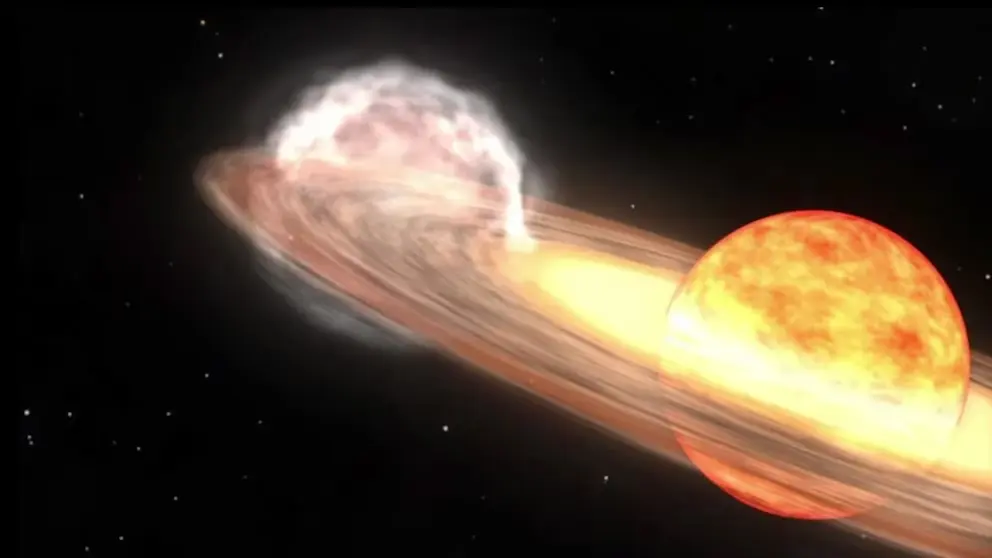Solar storms, also known as space weather events, are massive bursts of energy and charged particles released by the Sun. They may sound like sci-fi disasters, but they’re real—and growing more relevant in our tech-driven world.
When the Sun erupts with a solar flare or a coronal mass ejection (CME), it can send billions of tons of plasma hurtling through space. If one of these solar storms is Earth-directed, it can cause serious disruptions to satellites, GPS systems, power grids, aviation routes, and even the global internet.
The Science Behind Solar Storms
Solar storms originate from the Sun’s ever-shifting magnetic field. When magnetic energy builds up in the solar atmosphere and suddenly releases, it produces:
- Solar flares – bursts of radiation
- Coronal Mass Ejections (CMEs) – huge clouds of magnetized plasma
If a CME is fast and directed at Earth, it can reach us in as little as 15 to 18 hours, slamming into our magnetosphere and triggering geomagnetic storms.
Real-World Impact: Could a Solar Storm Shut Down the Internet?
The idea of a solar storm disrupting the internet might seem far-fetched, but scientists warn it’s a real possibility. A strong enough geomagnetic storm could induce currents in undersea cables and power stations, damaging infrastructure critical for global connectivity.
In fact, a study by the University of California, Irvine, found that a Carrington-level event today could take down major data centers and submarine cables—causing months-long outages in some areas.
The Carrington Event: A Warning from History
In 1859, Earth experienced the most intense solar storm ever recorded: The Carrington Event. Telegraph systems caught fire, operators were shocked, and auroras lit up the sky as far south as the Caribbean.
Back then, we didn’t rely on electricity or satellites. Today? A Carrington-scale solar storm could cause global chaos. Modern researchers estimate the damage from such an event could exceed $2 trillion USD in economic impact.
Space Weather Monitoring: Can We Predict Solar Storms?
Thankfully, agencies like NASA, NOAA, and the European Space Agency (ESA) monitor the Sun 24/7 using satellites such as:
- SOHO (Solar and Heliospheric Observatory)
- STEREO (Solar Terrestrial Relations Observatory)
- Parker Solar Probe and Solar Orbiter
These tools help scientists forecast space weather and give us early warning—typically 12–48 hours—before a storm hits Earth.
What About Astronauts and Space Travel?
Solar storms pose serious risks to astronauts outside Earth’s magnetic shield. Radiation exposure from high-energy solar particles can damage cells, electronics, and even mission success. Space weather is now a critical factor in planning missions to the Moon and Mars.
The Aurora Connection: Beauty from the Storm
While solar storms can be dangerous, they also create one of Earth’s most beautiful phenomena: the aurora borealis (Northern Lights) and aurora australis (Southern Lights). These glowing curtains of green, red, and violet form when charged solar particles interact with Earth’s upper atmosphere.
During strong geomagnetic storms, auroras can be seen much farther south than usual—even in areas where they’re rarely visible.
Are We Prepared?
The short answer: somewhat. While governments and space agencies are taking the risk seriously, the world’s electrical and digital infrastructure isn’t fully hardened against a major space weather event. More funding, better forecasting, and global cooperation are needed to build true resilience.
Final Thoughts: The Sun’s Quiet Threat
We think of the Sun as a source of light and warmth—but it’s also a dynamic, unpredictable star. Solar storms remind us that Earth is part of a cosmic system, and even 93 million miles of distance isn’t enough to shield us from its power.
As our dependence on digital technology grows, so does our vulnerability. Understanding solar storms isn’t just for space geeks—it’s vital for everyone in the 21st century.


